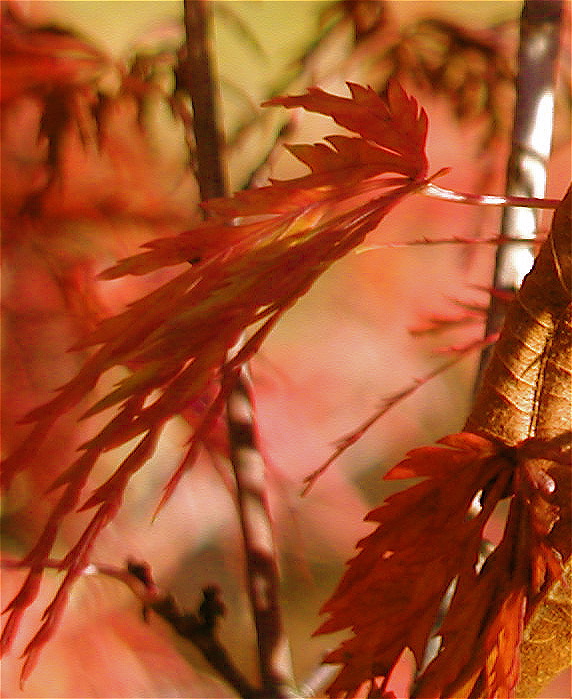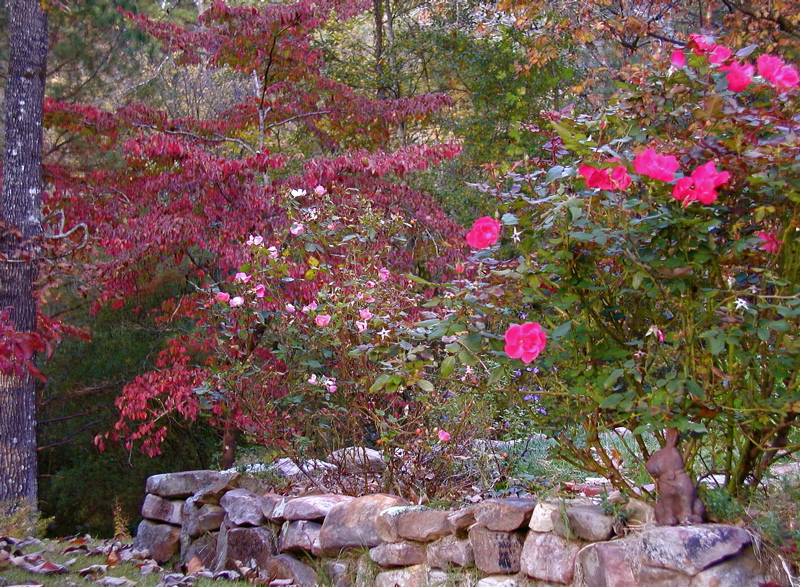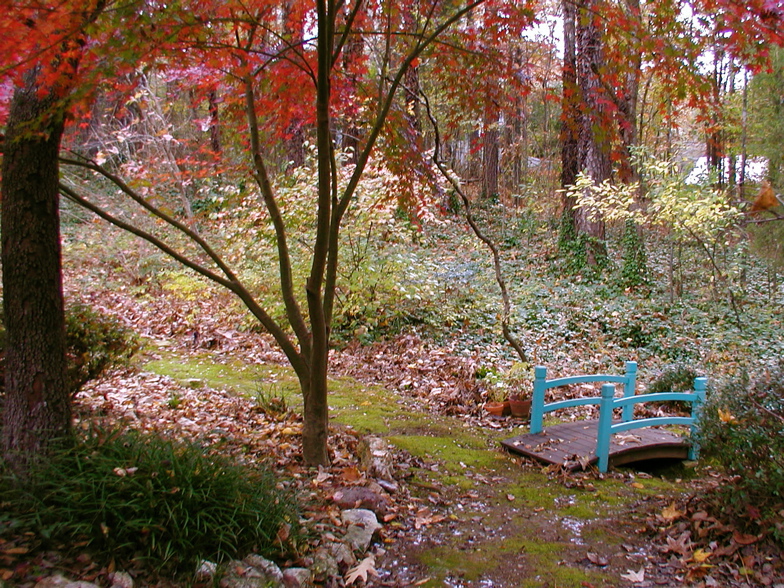Poinsettia: A Symbol of Love
 Monday, December 20, 2010 at 11:40AM
Monday, December 20, 2010 at 11:40AM Christmas is here, and we often see poinsettias decorating businesses and homes. Poinsettias grow wild in rainy, tropical regions of Central America, and Joel Poinsett, America's first ambassador to Mexico, brought the plant to our country in 1828.
Poinsettias are associated with Christmas because of the legend of Pepita, a poor Mexican child. In her village, people would bring presents to the chapel at Christmas and put them around the nativity to honor Christ. Little Pepita could not afford to buy a gift so she gathered a bouquet of local weeds and lovingly placed them at the foot of the manger. Onlookers were astonished when the leaves of the weeds turned to brilliant red. Since then the poinsettia is a reminder that Christ is honored, not by expensive gifts and glittery show, but by our love.
Poinsettias also are a symbol of God's love for us. The red of the traditional poinsettia symbolizes the blood of Jesus, and the central seeds resemble the crown of thorns he wore upon the cross. These remind us of God's complete love for his creation. Christmas is very much wrapped up with Easter. Our fallen world is in a mess, separated from its Creator, but God was willing to step down from Heaven and become one of us. He suffered the same trials and penalties we experience, ultimately facing and conquering our worse enemy, death. There is hope, because the baby Jesus grew up and acted as our representative, accepting our sins upon himself as he died upon the cross. Of course, his death would not have meant much if he had stayed dead. But he didn't. On the third day after his death he rose from the grave. We have many eyewitness accounts from people who saw him, touched him, and ate with him after his resurrection. Although God's work is not done and evil still reigns for a while yet upon the earth, we have God's promise that his perfect gift is coming. Peace on Earth, good will toward men! Hallelujah!
Merry Christmas to all, and in the busyness of the season, may you focus on the true meaning of the holiday. May your hearts be filled with love and peace. Deborah
 Christmas blessing,
Christmas blessing,  poinsettias in
poinsettias in  Christmas
Christmas 





